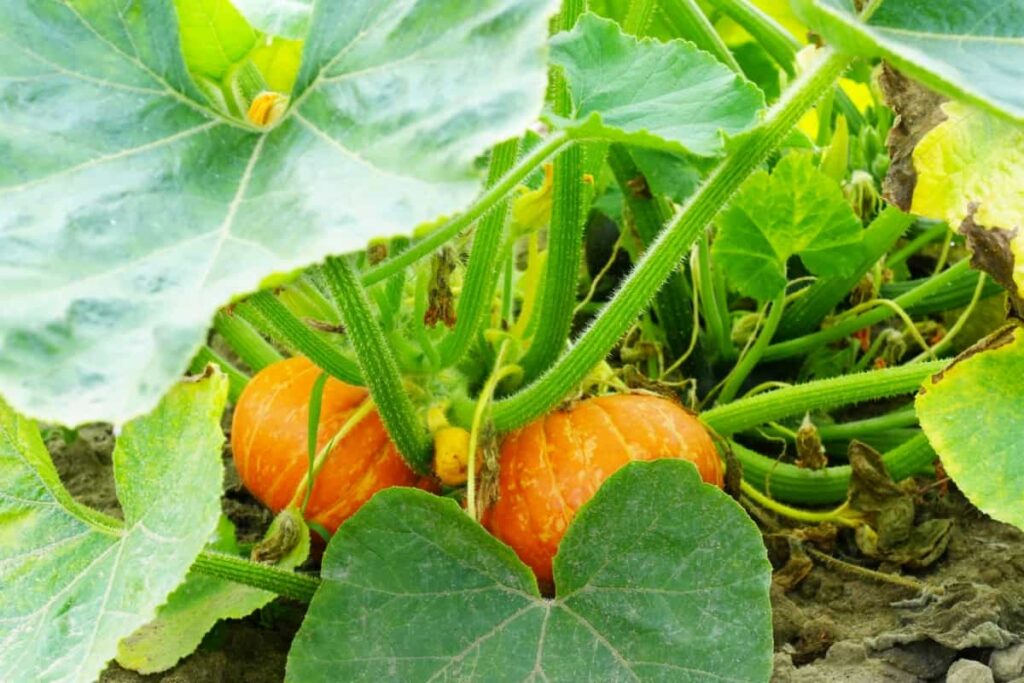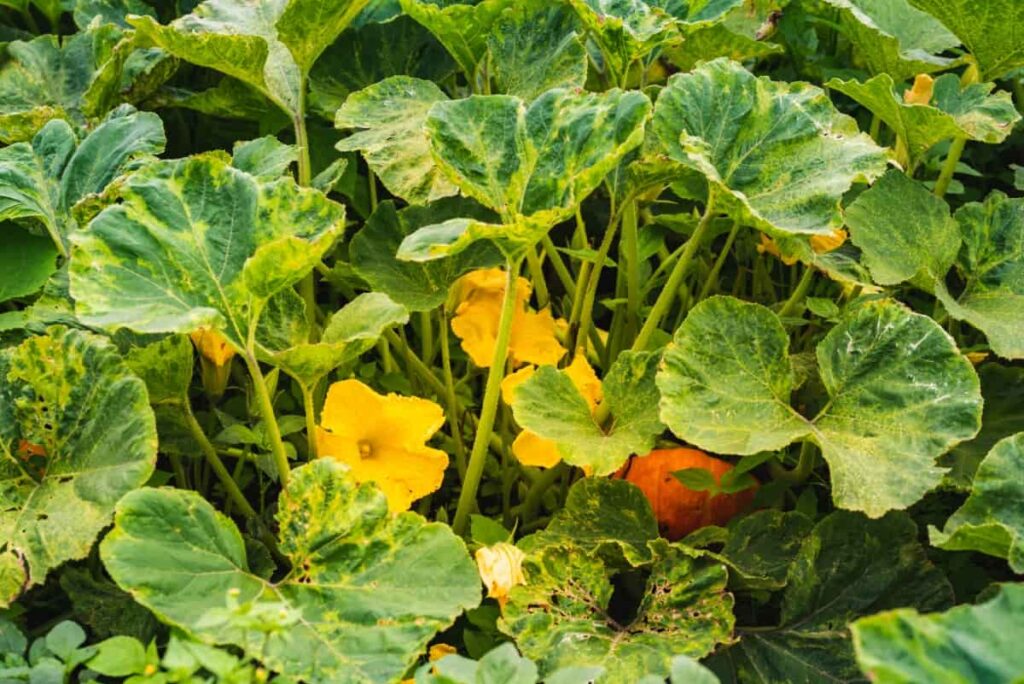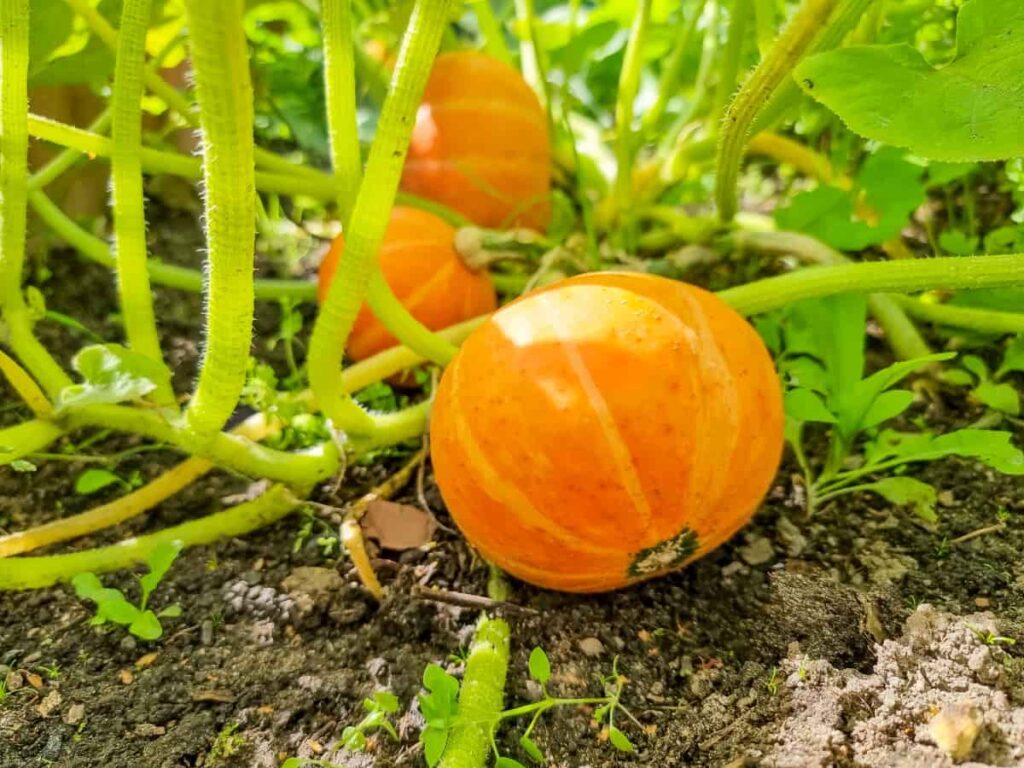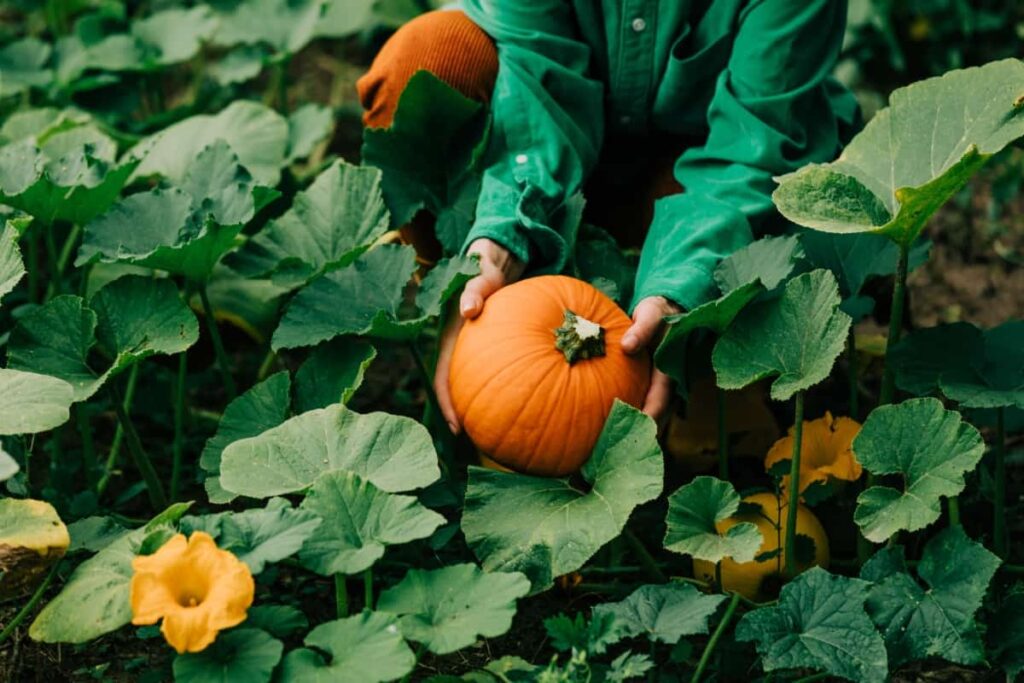Growing pumpkins can be an incredibly rewarding experience, especially when your efforts lead to a bountiful harvest of large, vibrant pumpkins. A key factor in achieving this is encouraging the growth of female pumpkin flowers, as these are the ones that develop into the pumpkins we all enjoy. However, getting your pumpkin plants to produce an abundance of female flowers requires understanding and implementing specific gardening strategies.

From ensuring your plants have the right conditions to grow to employing techniques that promote female flower development, every step is crucial. Focusing on factors like nutrition, watering, pollination, pruning, and stress management can significantly increase your chances of a high-yield pumpkin harvest. Let’s dive into the best strategies to encourage more female pumpkin flowers and ensure your garden is filled with potential pumpkins.
Steps to Encourage Female Pumpkin Flowers
Nutrition
Proper nutrition is foundational for pumpkin plants to thrive and produce a good number of female flowers. A well-balanced fertilizer with ample phosphorus and potassium promotes flowering and fruit formation, while excessive nitrogen can result in vigorous leaf growth, inhibiting flower production.
Achieving a harmonious nutrient balance is crucial for pumpkin cultivation, avoiding over-fertilization. Preparing the soil with compost or aged manure prior to planting provides essential organic matter for optimal growth and flowering of pumpkin plants.
Watering
Consistent watering is crucial for pumpkin plants, especially during the flowering and fruiting stages. Pumpkins require a lot of water, but avoiding waterlogging the soil is vital, which can lead to root rot and other issues. Utilizing drip irrigation or a soaker hose ensures consistent moisture for your pumpkins while minimizing leaf wetness, reducing the risk of fungal infections.
Watering your plants in the morning is ideal, allowing any moisture on the leaves to dry over the day. Ensuring your pumpkin plants are adequately watered will support their overall health and increase the likelihood of female flower production.
Pollination
Pollination is a critical step in the development of pumpkins from flowers. While pumpkin plants produce both male and female flowers, only the female flowers can develop into pumpkins after successful pollination. Promoting bee and pollinator presence in your garden can notably enhance pollination rates.
Strategies such as cultivating pollinator-friendly blooms, offering water stations for bees, and refraining from pesticide use can effectively draw in these beneficial insects. If natural pollination is low, you can also hand-pollinate by gently transferring pollen from male to female flowers using a small brush or even your finger.
Pruning
Pruning your pumpkin plants can help direct their energy towards flower and fruit production. To optimize flower and fruit production, selectively prune non-productive vines and leaves, allowing the plant to concentrate its resources. Prune judiciously, mindful of the crucial role leaves play in photosynthesis and maintaining plant vitality.
In case you missed it: Pumpkin Cultivation Information Guide

Removing too many leaves can stress the plant and reduce its ability to produce and support pumpkins. Strategic pruning, focusing on excess growth and non-productive vines, can enhance airflow around your plants and improve sunlight exposure, benefiting flower and fruit development.
Stress
Minimizing stress on your pumpkin plants is key to encouraging female flower production. Adverse conditions such as severe temperatures, insufficient watering, and pest or disease attacks can impede both flower growth and overall plant well-being. Protecting your plants from high heat, such as using shade cloths during the hottest part of the day, can prevent heat stress.
Consistently monitoring your plants for indications of pests or diseases and promptly resolving any problems can help alleviate stress. Maintaining consistent soil moisture and avoiding drastic changes in watering or fertilization practices can help your pumpkin plants remain stress-free and focused on producing abundant female flowers.
Sunlight
Ensuring your pumpkin plants receive the right sunlight is crucial for their growth and developing female flowers. Pumpkins flourish in sunlight, necessitating a minimum of 6 to 8 hours of direct exposure each day. The energy from sunlight supports photosynthesis, which is essential for the plant’s growth and the production of flowers.
Positioning your pumpkin patch in a sunny spot or strategically placing container-grown pumpkins where they can bask in ample sunlight can significantly affect their flowering and overall yield. Remember, too little sunlight can lead to weak plants with fewer flowers, so prioritize sun exposure to encourage a flourish of female blooms.
Soil
The quality and condition of the soil play a significant role in the health of pumpkin plants and their ability to produce female flowers. Pumpkins prefer well-draining, nutrient-rich soil with a slightly acidic to neutral pH. Before planting, enriching your soil with organic compost or well-rotted manure can improve soil structure, enhance nutrient content, and support robust plant growth.
Regularly testing your soil and adjusting its composition as needed can ensure your pumpkin plants have the ideal foundation to thrive and produce an abundance of female flowers, leading to a successful harvest.
Spacing
Proper spacing is essential for healthy pumpkin plant development and encouraging female flowers. Crowded plants compete for nutrients, water, and sunlight, which can stress them and reduce flower production. Following recommended spacing guidelines, planting pumpkin seeds or seedlings several feet apart allows each plant ample room to grow, reduces competition, and improves air circulation. This spacing helps prevent the spread of diseases and allows each plant to focus its energy on producing a healthy number of vibrant female flowers.
In case you missed it: How to Tell When Squash and Pumpkins are Ready to Harvest

Mulching
Mulching is beneficial for maintaining soil moisture, regulating soil temperature, and suppressing weeds around your pumpkin plants. Utilizing organic mulch, like straw or shredded leaves, around plant bases aids in soil moisture retention, vital for steady growth and flower yield. Mulch also keeps the soil cooler during hot spells, providing a more stable growing environment for your pumpkins. By reducing the need for frequent weeding, mulching allows your pumpkin plants to direct their energy toward producing more female flowers and developing fruits.
Fertilization
Fertilization is key to providing your pumpkin plants with the necessary nutrients to support the growth of female flowers. Using a balanced fertilizer that promotes flowering and fruiting can boost the number of female blooms. It’s important to follow a fertilization schedule that meets the specific needs of your pumpkin plants, applying fertilizers at the right time and in the right amounts to avoid nutrient imbalances.
In case you missed it: Best Fertilizer That Makes Flowers Bloom: Organic and Synthetic Solutions

Conclusion
Encouraging female pumpkin flowers and achieving a high-yield harvest involves a combination of attentive care and strategic gardening practices. Remember, every pumpkin starts as a flower, and focusing on the health and productivity of your plants can turn your pumpkin-growing aspirations into a rewarding reality.
- Effective Fish Pond Construction Techniques for Beginners
- Irrigation and Water Management in Pineapple Farming
- Blossom to Harvest: Mastering Flowering and Pollination in Papaya Farming
- Pig Fattening Essentials: From Selection to Sale for Beginners
- Raising Wagyu Cattle: A Complete Guide for Premium Beef Production
- Soil Types and Their Water Holding Capacity
- Optimizing Irrigation Schedules for Coconut Groves for Enhanced Yield
- Espresso Your Garden: Coffee Grounds for Healthier Acid-Loving Plants
- The Best Soil Mix for Snake Plants: How to Mix Your Own Snake Plant Soil
